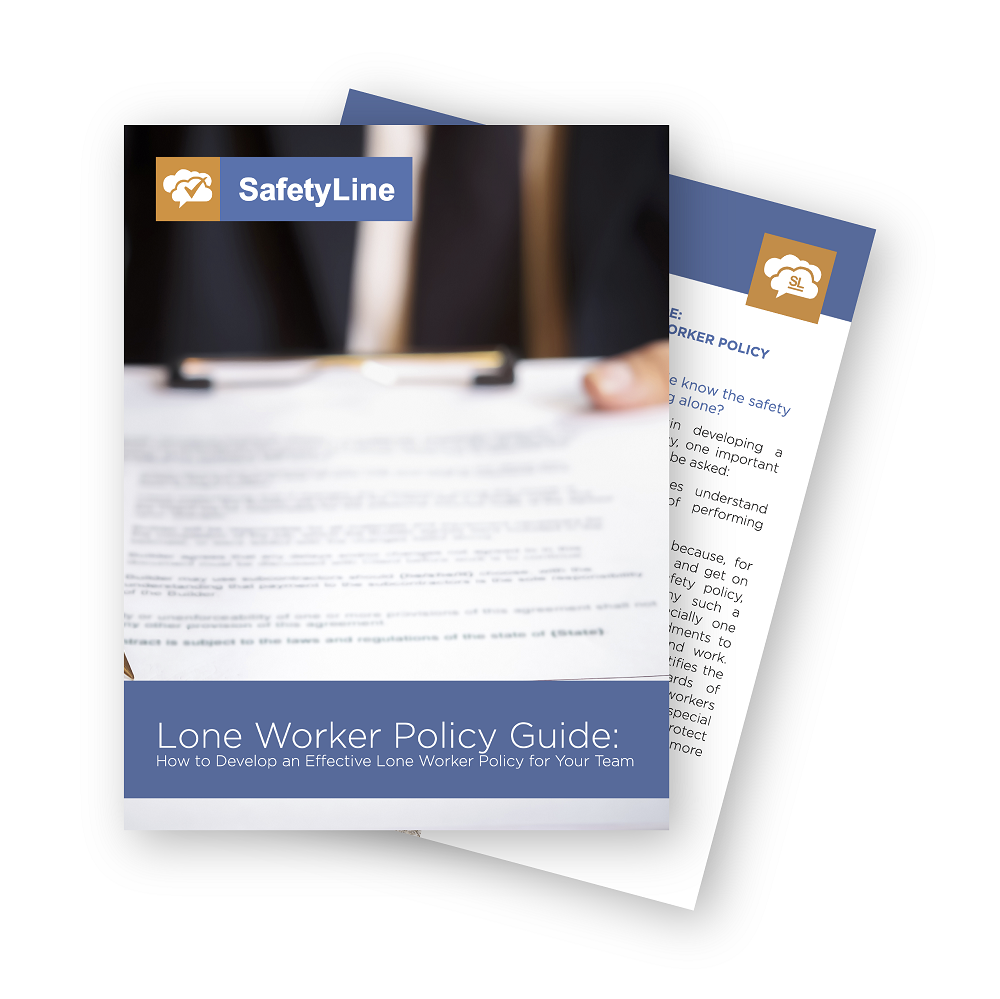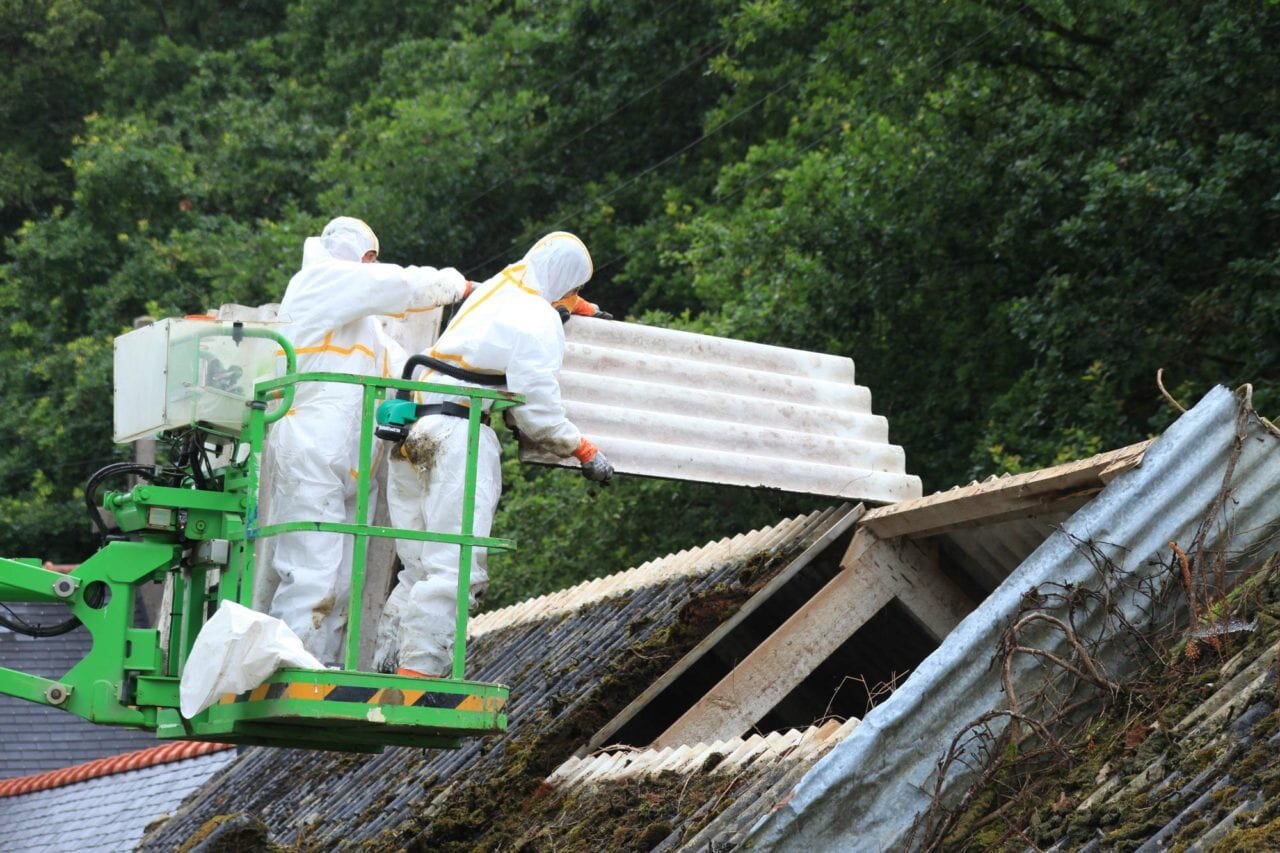Featured Resources
Lone Worker Policy Guide and Template
A lone worker policy is an effective way to ensure that your lone workers are well-educated on your company’s work-alone rules and have extensive knowledge of all workplace hazards that could be encountered on the job.
Hazard Assessment Guide
In the process of doing a hazard assessment for your workplace, it is almost a certainty you’ll learn information about the operational aspects of your organization you were unaware of before the assessment.
View eBook
Develop a Free Lone Worker Program for Small Teams
Developing a free lone worker check-in system is a simple process for small teams that any organization can implement.
View eBook
SafetyLine Blog Categories
General Safety | Lone Worker Safety | SafetyLine News and Updates | SafetyLine Product Updates | Compliance, Policy, and Regulations | Downloadable Resources |
Risk Mitigation Strategies: How to Plan for the Worst
Every safety manager and employer would love to have a way to predict workplace accidents before they hurt an employee. Unfortunately, that does not exist yet, however, the good news is there are risk mitigation strategies that can be implemented now, preventing many of these accidents from taking place and as a result, protecting your workers from injuries and harm.
Why is it important to report safety hazards at your workplace?
Safety hazard reporting is not just a quick email or conversation. Hazard recognition and reporting may require some training and education, depending on which industry you’re in. But regardless of how you implement hazard reporting, make sure that your form includes the following 5 key points of information – but customize to your organizational needs as well.
Rising Temperatures Bring Increased Heat Stress to Lone Workers
When exposed to extreme heat, people become at risk for either heat exhaustion, heat rashes, or heat stroke. The effects of heat stress can vary from mild to life-threatening, which is why noticing symptoms and treating them early can be crucial to saving a life.
Slips, Trips, and Falls: The Number One Safety Hazard During Fall and Winter
As we approach the final month of a surreal year, the temperatures continue to plummet and depending on where you live, snow, sleet and rain will fall even harder. Here in rainy Pacific Northwest where SafetyLine’s headquarter is located, winter brings us increasingly wet streets, walkways, and surfaces, resulting in more injuries (some very serious) from slips, trips and falls at work, at home, and in public.
Workplace Hazards Series: COVID-19
As governments ease months-long restrictions allowing employees to return to their offices, the new reality is that these places won’t be the same as we left them. The new normal will entail increasingly structured workplaces that are more mindful of potential physical contamination. For the foreseeable future, there will be new routines and procedures that we will need to enforce and become accustomed to, seemingly normal ways of doing things that need to be shifted in order to protect team members from potential infection of the notorious virus.
So how do you address these new workplace hazards and different working environments for your team members?
Complying with Safety Regulations for Lone Workers in Alberta
Many companies who do not provide unique support for their lone workers have a difficult time adhering to working alone legislation. A common assumption is that their safety programs are already acceptable. Furthermore, other businesses might already have distinct programs for employees who work alone but find that their current procedures and policies negatively impact productivity. In this article, we will discuss methods for protecting your lone workers in compliance with legislation in Alberta, Canada.
The Hazards of H2S Gas (hydrogen sulfide)
Workers who are most likely to be exposed to unsafe levels of H2S gas include those employees who are required to work in small or confined spaces with poor ventilation.
Workplace Safety Hazards for Hospitality & Hotel Workers
Most duties of housekeepers in the hospitality industry are intense and grueling. Hotels today are competitive and offer more amenities to their guest and as a result, in an increase of workload and unseen safety hazards that can lead to an increase of serious workplace injury.
Are You Aware of These 7 Types of Workplace Safety Hazards?
Workplace safety hazards exist in every environment, but how do you know which ones have the most potential to harm workers? By identifying hazards at your workplace, you will be better prepared to control or eliminate them and prevent accidents, injuries, property damage, and downtime.
Workplace Hazards Series: Biological Hazards
Anything that can cause harm to people, animals, or infectious plant materials can be considered a biological hazard. They exist in most workplaces that involve working around other people, unsanitary conditions, in labs, or in the environment.













